This post was updated April 18 at 9:03 p.m.
Growing up, education just never seemed to click for Daria Rego.
“I’ve always had a hard time connecting with education,” Rego said. “For a while, I thought I might not even be able to go through a traditional education pathway and might not even be able to go to college.”
Now, the fourth-year biochemistry transfer student is part of UCLA’s CalTeach program on the way to becoming a teacher. The UC-wide program, established in 2005, seeks to create a pathway for STEM students to explore teaching careers in math and science. It includes a variety of options, from pass/no pass courses to a joint undergraduate teaching credential program, according to the CalTeach website.
These programs were developed across the UC system with the goal of training more science teachers in California, said Arlene Russell, the UCLA CalTeach program’s faculty director. Russell said the program aims to expose more students to what a career in education may look like, such as those who are involved in tutoring programs but are looking for a more professional pathway after graduation.
“The majority of my time now is talking with students about teaching careers, whether or not they’ve taken CalTeach,” Russell said.
Anyone pursuing a STEM degree can apply to enroll in the CalTeach courses, said Tiffany Lien, a fourth-year chemistry student in the program. These courses include Science Education 1XP, 10XP, 15XP and 100XP, which students can take to see if they enjoy science education, or if they want to pursue the science education minor, Russell said.
As part of these courses, students are required to attend one 90-minute seminar a week along with completing 20 internship hours in a classroom, giving them the opportunity to get to know the teacher and students they are placed with, Russell added.
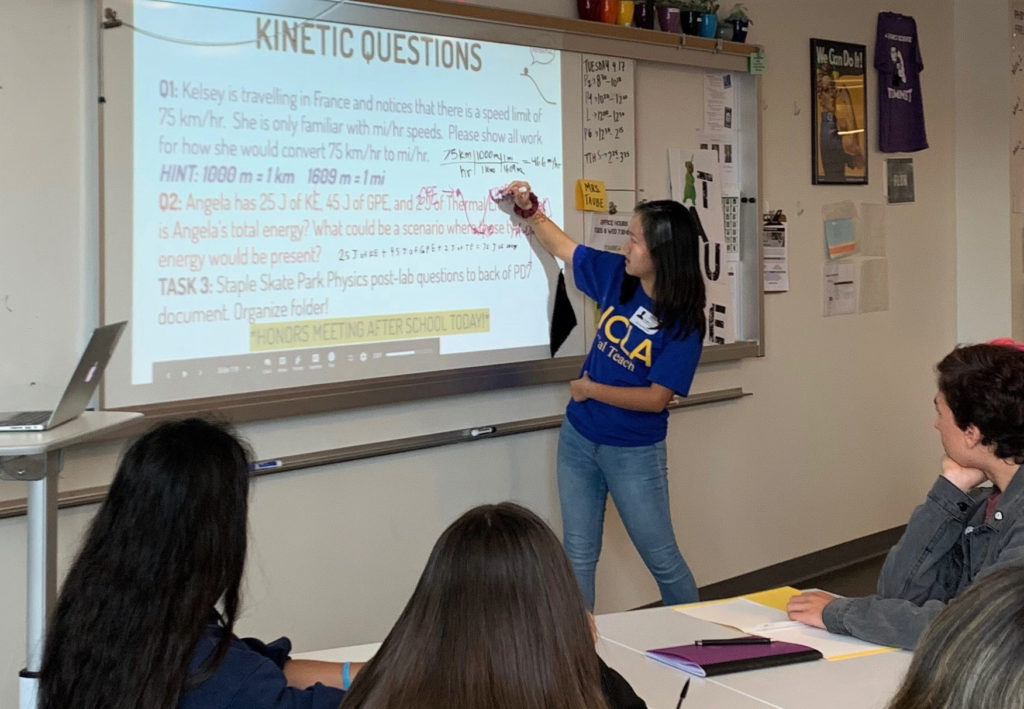
Rego said the CalTeach courses she has taken have been some of her favorite at UCLA. They added that they decided to pursue science education to help make the field more accessible to people who have historically been underrepresented in the field or unable to receive an adequate science education.
“I really want to alleviate some of the really big science education gaps we have in some of our community colleges and help bridge the gap between some of the more deficient K-12 science educations that some of the students coming from community college may have gotten,” Rego said.
Being able to present a lesson to students has been one of the most memorable and rewarding parts of the program, Rego said. For example, during her time interning at Westwood Charter Elementary, she said she was able to create her own lesson plans and design experiments to teach fourth and fifth graders about photosynthesis.
Rego added that interning under a teacher allowed them to see the magic behind teaching, making them both a better educator and student.
The courses also help facilitate relationships with mentor teachers, said Victoria Taylor, a fourth-year ecology, behavior and evolution student. She added that she received helpful feedback and has felt supported by them.
“Whenever you get put into a classroom, you have a teacher who has chosen and volunteered and wanted to be a mentor to someone who’s considering teaching,” she said. “Every single mentor teacher I’ve been placed with has been incredibly supportive.”
Taylor said she hopes to teach middle or high school science. She added that on top of teaching, she aims to bring social justice into her classroom by providing science education to students from historically disadvantaged communities – giving them the confidence to succeed later on in STEM. .
“The more teachers we have that care about diversity and inclusion in science education, the more diverse scientists we’re going to have coming into the field and the better off science will be,” Taylor said.
According to the CalTeach website, beyond taking classes in the CalTeach program, students also have the opportunity to take part in the Science Teacher Education Program to earn their teaching credentials. These programs allow students to begin the first year of their credential education concurrently with their senior year of undergraduate education, Russell said.
Lien, who is one of two undergraduate students, the other being Taylor, currently in the credential program, said she spends around 25 hours a week teaching. Lien said although she always knew she wanted to be an educator, teaching both middle and high school classes – the latter of which she enjoyed far more – solidified her goal of becoming a high school science teacher.
“Growing up, I always was interested in education,” she said. “I started helping out classmates and then I have a ton of younger cousins, so I tutored them too. But then once I hit high school and I took chemistry class, I was like, ‘Oh, no, chemistry is the one.’”
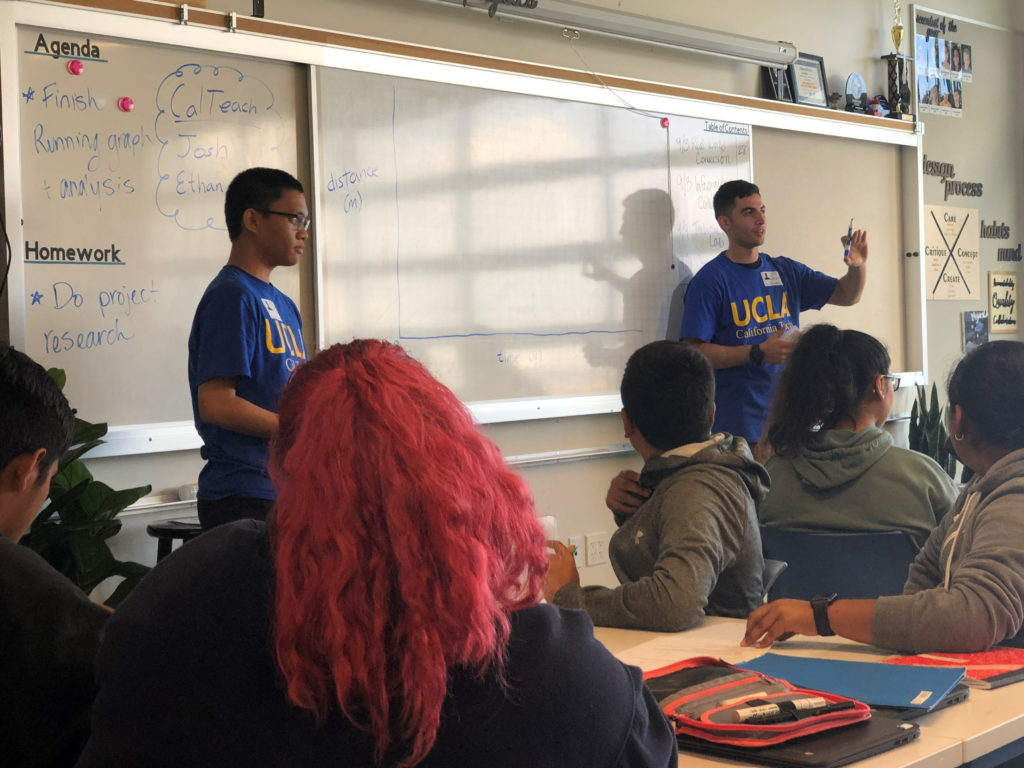
Some days might include teaching from 8:30 a.m. to 3 p.m. and then classes from 5 p.m. to 8 p.m., she said. However, every student’s schedule will differ depending on which classes they choose to teach, she said, adding that as a student teacher, they are responsible for teaching two of their mentor teachers’ class periods.
After students in the accelerated program finish their undergraduate degree and teaching credential at UCLA, they go straight into their teaching career and finish their master’s the following year in the classroom as a full-time teacher, Russell said.
While CalTeach focuses on students entering education, the program can benefit any STEM student, whether they end up pursuing education or not, Taylor said.
Rego added that being able to understand how to communicate science to the public is one of the most valuable skills she learned through CalTeach.
“Even if you decide that education isn’t for you, and you don’t want to work with kids, the experience of teaching is all about taking time to understand other perspectives,” Taylor said. “It makes you a more aware person, a more empathetic person.”
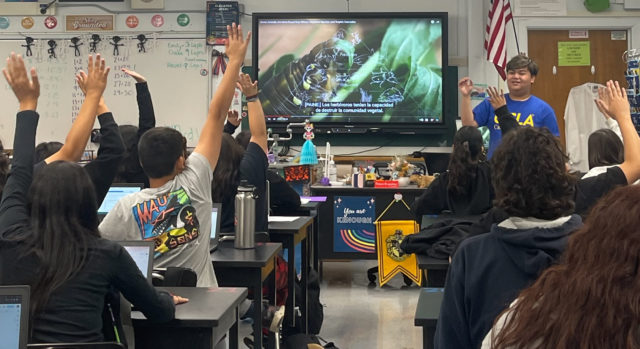

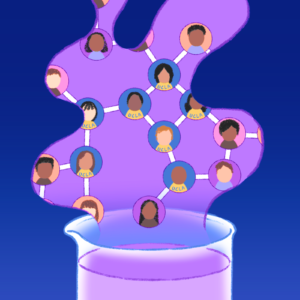

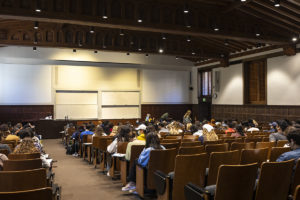
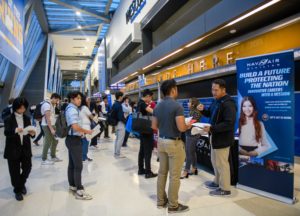
Comments are closed.